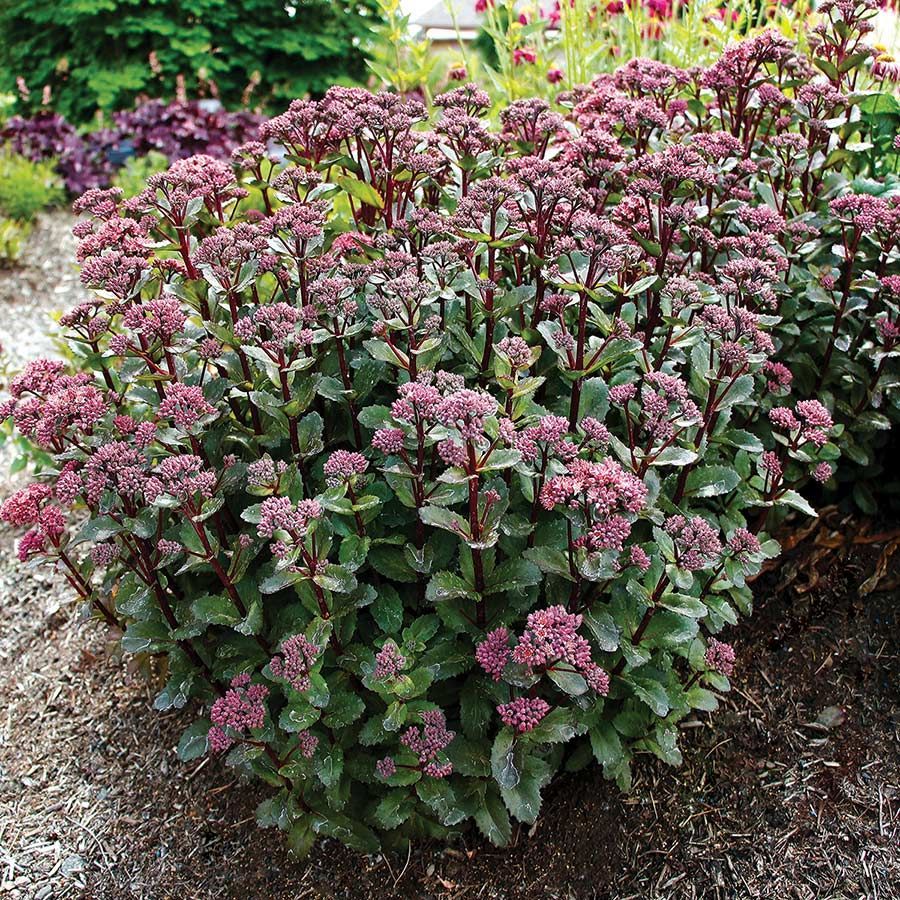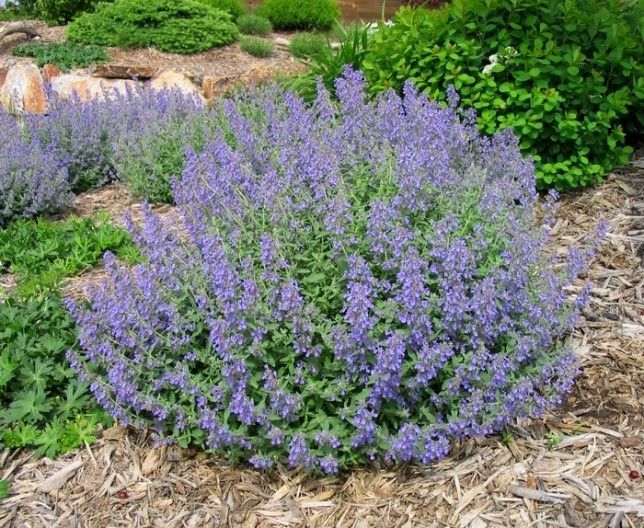Designing a Low-Maintenance Landscape in Minneapolis
Hardscaping
One option to create less work for yourself in the long run is to look into
designing a patio for your yard. A well designed paver patio space will reduce the amount of lawn that needs to be mowed and maintained, and has the benefit of adding outdoor entertaining space.

Pro-tip: Add potted plants to your patio space! If you contain your planting to pots, you don’t need to worry about maintaining flower beds and weeds through Minnesota’s changing seasons. Potted plants have the additional benefit of being mobile. If you’re entertaining or simply want to change things up, you can rearrange plants and flowers to your heart’s content. You can also design and adjust the planting to the changing seasons; use evergreen trunks and pieces during winter or mums and colorful leaves in the fall.
Use Easy Low Maintenance Plants
- ornamental grasses like "Karl forester' grass
- daylilies
- sedum
- catmint
- allium
- hostas
- ferns


- Yews
- Arborvitaes
- Barberry
- Boxwoods
- Junipers
- Spruce
- Pine
Rock Gardens
Creating a rock garden is another great way to create a low-maintenance space. Rock gardens have the benefit of not needing to be redone every couple years like mulch. Once rock is installed, it doesn't require top dressing. You’ll need to keep on top of the weeds initially, but after your plants become established, that will become less of an issue. Perennials can fill in the areas covered by soil instead of rocks, and will require little upkeep. Ground cover plants are especially good for rock gardens, as they’ll grow to fill the space. Easy ground cover plants include:
Other Tips
Love the ideas for a low-maintenance yard but aren’t sure where to get started? We would be happy to help create the yard of your dreams. Give us a call today at (763) 568-7251 or send us a message through our
quote system.










